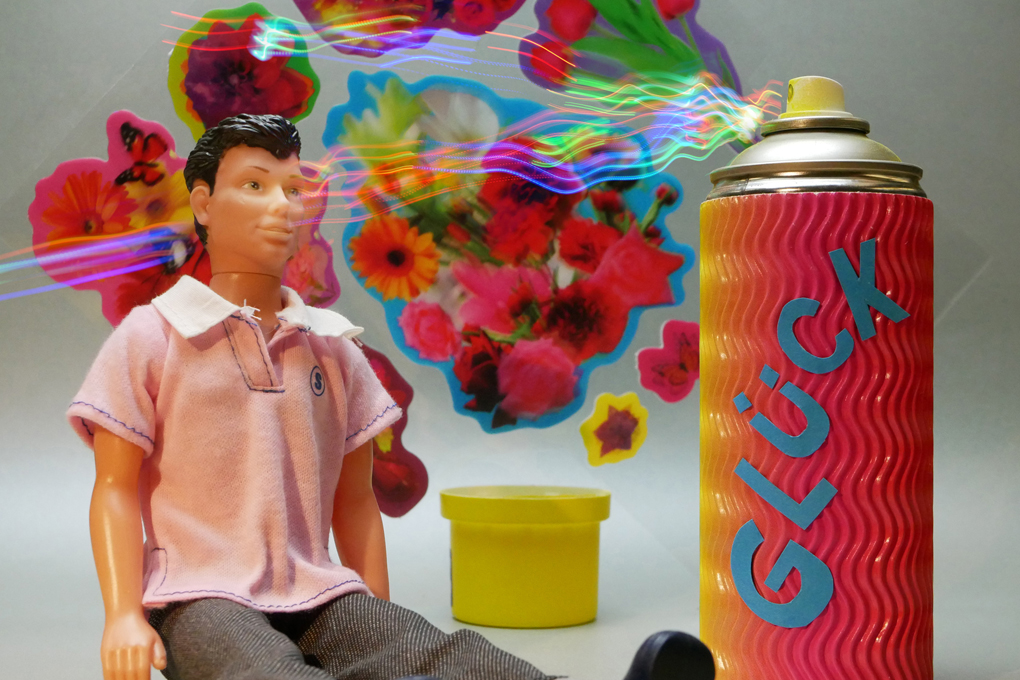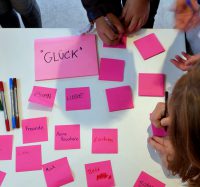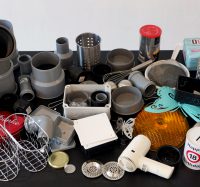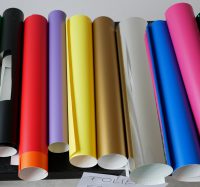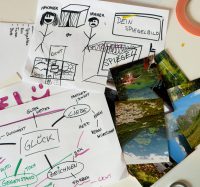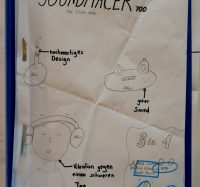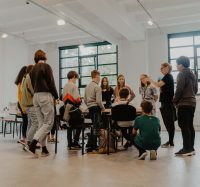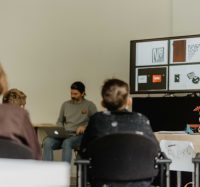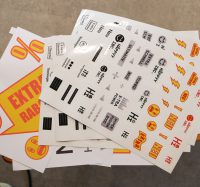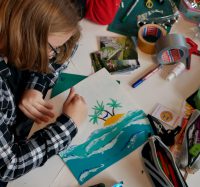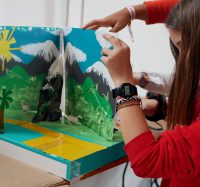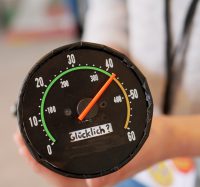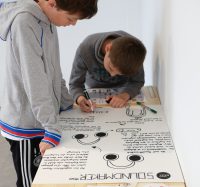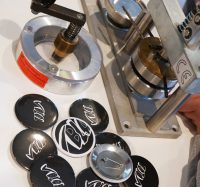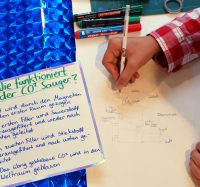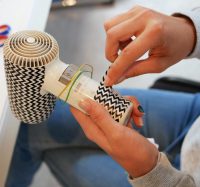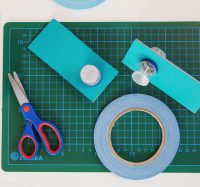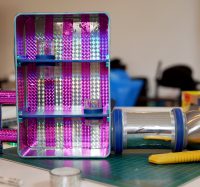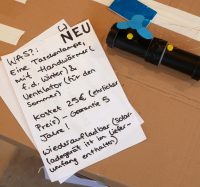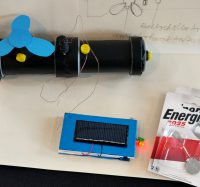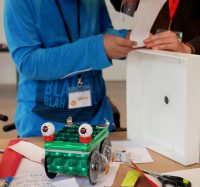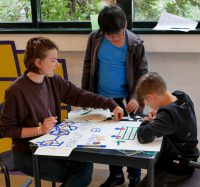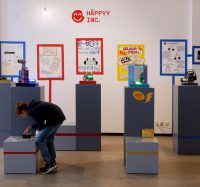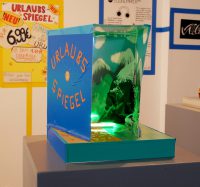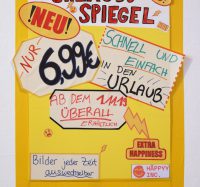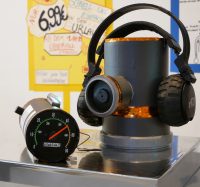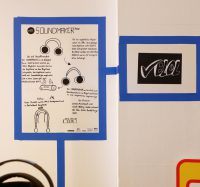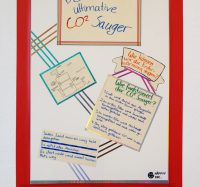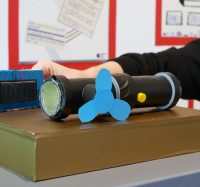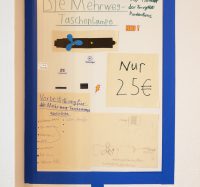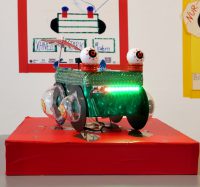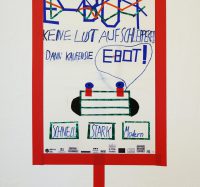Häppyy Inc.
Workshop and exhibition
Digitale Welten, Frankfurt / 2019
Häppyy Inc. is a fictional design company, which was invented for the 3rd edition of the Digitale Welten youth festival. The festival theme was “happiness” and invited artists gave altogether three 4-day-workshops at Künstlerhaus Mousonturm in Frankfurt am Main. My workshop started with the question: what if happiness was a product? We, the participants and I, were designers of Häppyy Inc. and our task was to design products that stimulated happiness. The products and the outcomes of the other workshops were shown in an exhibition at the end of the festival, and also at the Frankfurter Buchmesse.
In my previous life I used to work as a designer, so I like to occasionally return to design, in particular from the perspective of critical making. The idea of the Häppyy Inc. workshop was to go through a realistic product design process and thereby reflect on the relationship of consumerism and happiness – even if we were working with recycled objects and hardware store materials such as sewer pipes. We started the workshop by watching advertisement videos, some of which were real, while others were parody. We discussed what was authentic/fake and what kind of rhetoric and qualities were highlighted for smartphones, hi-definition flatscreens, shaving gear, washing machines and other gadgets. After this we had a “design thinking” session – an almost obligatory part of any design process these days. We mapped what makes us happy and what kind of devices/products we could combine with this.
Next up was material exploration and sketching of initial concept designs. Altogether five teams started prototyping their designs with hot glue, developing the features of their ultimate happiness products further. Once we had the product-building going on, graphic designer Sebastian Pataki joined the workshop as an expert on visual identities. He gave us a lecture on this topic, addressing the aesthetics of exclusive and cheap products. Each team had a also chance to get advice from Sebastian regarding their product posters, which introduced each concept and served as an “advertisement” in the final exhibition.
I was amazed of how dedicated the participants were to work out the details of their products. You can see on the right photos of the process and the created products, which included a mirror that takes you on an instant holiday, happiness-improving headphone and speaker set, a crowd-funded carbon dioxide vacuum cleaner, smart multi-purpose flashlight and a transport robot. In the end of the workshop we discussed our shared experience and how our view on products might have changed. I hope that, at least for some participants, the workshop opened up new ways to read products and related advertisement, not as given, but as human-made.
More photos from the workshops and the exhibition
Special thanks to all the workshop participants as well as Jule and other Bastel-Experts, who helped out the teams. Many thanks also to Sebastian, Jeanne, Katharina H., Katharina S., Alexandra, Celine and all the others in the Digitale Welten team who made the festival happen.
Häppyy Inc. is a fictional design company, which was invented for the 3rd edition of the Digitale Welten youth festival. The festival theme was “happiness” and invited artists gave altogether three 4-day-workshops at Künstlerhaus Mousonturm in Frankfurt am Main. My workshop started with the question: what if happiness was a product? We, the participants and I, were designers of Häppyy Inc. and our task was to design products that stimulated happiness. The products and the outcomes of the other workshops were shown in an exhibition at the end of the festival, and also at the Frankfurter Buchmesse.
In my previous life I used to work as a designer, so I like to occasionally return to design, in particular from the perspective of critical making. The idea of the Häppyy Inc. workshop was to go through a realistic product design process and thereby reflect on the relationship of consumerism and happiness – even if we were working with recycled objects and hardware store materials such as sewer pipes. We started the workshop by watching advertisement videos, some of which were real, while others were parody. We discussed what was authentic/fake and what kind of rhetoric and qualities were highlighted for smartphones, hi-definition flatscreens, shaving gear, washing machines and other gadgets. After this we had a “design thinking” session – an almost obligatory part of any design process these days. We mapped what makes us happy and what kind of devices/products we could combine with this.
Next up was material exploration and sketching of initial concept designs. Altogether five teams started prototyping their designs with hot glue, developing the features of their ultimate happiness products further. Once we had the product-building going on, graphic designer Sebastian Pataki joined the workshop as an expert on visual identities. He gave us a lecture on this topic, addressing the aesthetics of exclusive and cheap products. Each team had a also chance to get advice from Sebastian regarding their product posters, which introduced each concept and served as an “advertisement” in the final exhibition.
I was amazed of how dedicated the participants were to work out the details of their products. You can see on the right photos of the process and the created products, which included a mirror that takes you on an instant holiday, happiness-improving headphone and speaker set, a crowd-funded carbon dioxide vacuum cleaner, smart multi-purpose flashlight and a transport robot. In the end of the workshop we discussed our shared experience and how our view on products might have changed. I hope that, at least for some participants, the workshop opened up new ways to read products and related advertisement, not as given, but as human-made.
More photos from the workshops and the exhibition
Special thanks to all the workshop participants as well as Jule and other Bastel-Experts, who helped out the teams. Many thanks also to Sebastian, Jeanne, Katharina H., Katharina S., Alexandra, Celine and all the others in the Digitale Welten team who made the festival happen.
